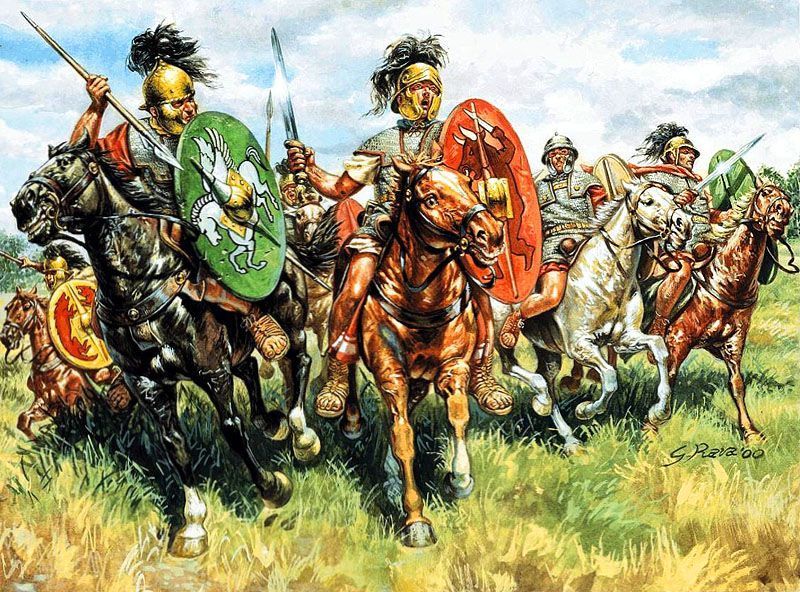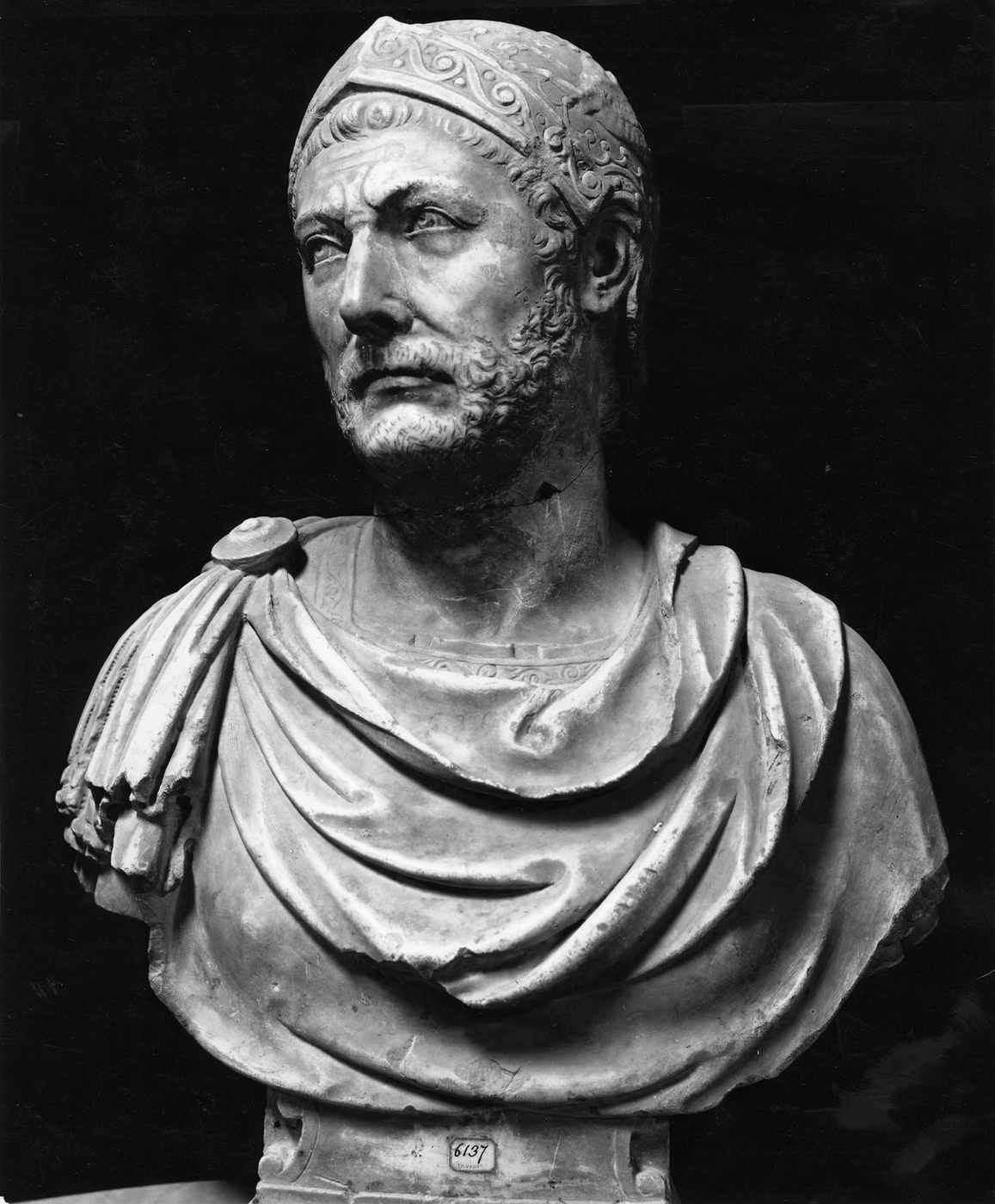Battle of Ticinus (218 BCE): Hannibal’s First Triumph on Italian Soil

In the annals of ancient warfare, few commanders have left as indelible a mark as Hannibal Barca.
Among his early feats during the Second Punic War, the Battle of Ticinus stands out as his first significant victory against Rome on Italian territory.
This engagement not only showcased Hannibal's tactical prowess but also set the stage for subsequent Carthaginian successes in the heart of the Roman Republic.
Setting the Stage: Prelude to the Battle
The Second Punic War erupted in 218 BCE, fueled by escalating tensions between Rome and Carthage over control in the Western Mediterranean.
Hannibal, determined to challenge Roman dominance, embarked on an audacious campaign, leading his army from Iberia, across the Pyrenees and the Alps, into the Italian peninsula—a feat that astonished contemporaries and historians alike.
Upon learning of Hannibal's incursion, the Roman consul Publius Cornelius Scipio mobilized his forces to intercept the Carthaginian army.
The two forces eventually confronted each other near the Ticinus River, in the region of present-day northern Italy.
The Forces: Composition and Strategy
Carthaginian Army:
● Commander: Hannibal Barca
● Strength: Approximately 6,000 cavalry, including elite Numidian horsemen known for their agility and hit-and-run tactics.
Roman Army:
● Commander: Publius Cornelius Scipio
● Strength: Around 3,600 cavalry, supplemented by light infantry units called velites.
Hannibal's decision to engage primarily with cavalry was strategic, aiming to exploit the superior mobility and combat skills of his mounted troops.
In contrast, Scipio's forces were less experienced in cavalry engagements, relying more heavily on traditional infantry formations.
The Battle Unfolds
The confrontation at Ticinus was characterized by swift and decisive maneuvers.
Hannibal initiated the battle by deploying his cavalry in a direct assault, with Numidian riders flanking the Roman forces.
The Numidians executed a pincer movement, attacking from the sides and rear, which sowed confusion and disrupted Roman formations.
The Roman velites, unprepared for such an aggressive cavalry onslaught, quickly retreated behind their own lines.
The Carthaginian cavalry then clashed directly with the Roman horsemen, overwhelming them through superior tactics and coordination.
During the melee, Consul Scipio sustained injuries and was at risk of capture or death.
According to historical accounts, his son, the future Scipio Africanus, bravely intervened, rescuing his father and ensuring his safe withdrawal from the battlefield.
Aftermath and Strategic Implications
The Battle of Ticinus concluded with a decisive Carthaginian victory.
Roman casualties were significant, and the morale of their forces suffered a substantial blow. Scipio, recognizing the untenable position, retreated to regroup and fortify his remaining troops.
This victory had profound implications:
● Psychological Impact: Hannibal's success demonstrated the vulnerability of Roman forces, challenging the perception of Roman invincibility.
● Strategic Advantage: The win allowed Hannibal to secure alliances with local Gallic tribes, bolstering his army and resources for future campaigns.
● Momentum: The triumph at Ticinus set the stage for subsequent victories at Trebia and Lake Trasimene, further destabilizing Roman control in the region.
Legacy of the Battle
The Battle of Ticinus is remembered not only for its immediate tactical outcomes but also for its enduring legacy in military history:
● Cavalry Tactics: Hannibal's effective use of cavalry, particularly the Numidian horsemen, highlighted the importance of mobility and strategic flanking in warfare.
● Leadership: Hannibal's leadership and ability to inspire his troops were instrumental in achieving victory against a formidable adversary.
● Historical Significance: The battle marked the beginning of a series of engagements that would challenge Rome's dominance and test its resilience.
Conclusion
The Battle of Ticinus stands as a testament to Hannibal's military genius and the effectiveness of well-executed cavalry tactics.
This early victory in the Second Punic War not only disrupted Roman plans but also emboldened Carthaginian forces to press further into Roman territory.
For students of military history and enthusiasts of ancient warfare, the battle offers valuable insights into strategy, leadership, and the dynamics of conflict in antiquity.

The body content of your post goes here. To edit this text, click on it and delete this default text and start typing your own or paste your own from a different source.





